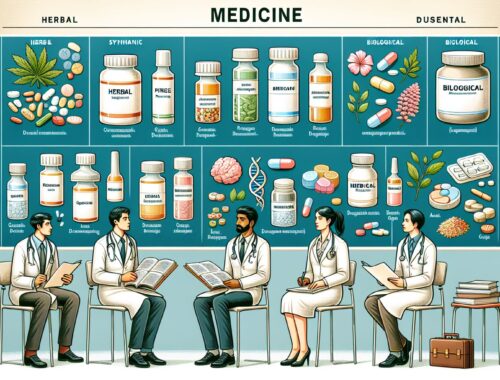Telepodiatry: Remote Foot and Ankle Care Services
Telepodiatry is a technological advancement in healthcare that brings foot and ankle care to patients who may otherwise have difficulty accessing in-person care. This form of telehealth focuses on preventive care, diagnosis, and treatment of medical conditions related to podiatry.
How Does Telepodiatry Work?
Telepodiatry works similarly to telemedicine. A patient books an appointment with a medical specialist and completes an online patient intake form prior to the appointment. During the appointment, the patient will be connected to the provider’s secure video conferencing system allowing the provider to ask questions, offer advice, and answer any questions the patient might have.
The provider can then diagnose the patient and work with them to create a personalized treatment plan. This treatment plan may include lifestyle changes, medications, physical therapy, imaging, or surgery. If necessary, the provider will also refer the patient to a local podiatrist for in-person care.
Benefits of Telepodiatry
Telepodiatry services offer numerous advantages compared to traditional in-person care.
First, it is an incredibly cost-effective form of healthcare. Patients often save money on co-pays and transportation costs associated with in-person visits. Patients also have more flexibility regarding when and where they receive care since they can easily connect with providers through video chat.
Telepodiatry also helps increase access to care for patients who may not have been able to travel to a local office for an appointment. It also can help reduce wait times, as patient information can be sent electronically for providers to review before their appointment.
Finally, telepodiatry helps bridge the gap between primary care providers and podiatrists. With telepodiatry, physicians can evaluate a patient’s foot and ankle condition through remote video conferencing and refer them to a specialist if necessary.
Examples of Telepodiatry Services
Telepodiatry services are varied and specialized. For example, medical specialists may provide remote treatment for foot and ankle problems such as plantar fasciitis, heel pain, bunions, hammertoes, and arch pain.
They might also offer orthotics consultations, biomechanical assessments, help with custom orthotics, custom footorthotics fitting, and gait analysis. Some telepodiatry providers might also offer wound care services for diabetic patients.
Is Telepodiatry Right for You?
Patients considering telepodiatry should visit the provider’s website to learn more about their virtual services and read reviews from previous patients. It is also important to ensure the provider is licensed and accredited in the state they operate in, and check your health insurer’s cost-sharing policy. Many insurance plans are now covering telehealth visits, so it is worth checking.
If you decide telepodiatry is right for you, book an appointment and start preparing. Note that telepodiatry appointments may be longer than an in-person visit, especially if the provider needs to do a detailed history or order imaging tests.
Your provider should also be able to refer you to a local specialist or physical therapist if the condition requires in-person care.
Conclusion
Telepodiatry is a revolutionary advancement in healthcare that enables podiatrists to provide remote treatments and services to those who cannot physically visit in-person offices or whose insurers do not cover in-person visits.
The benefits of telepodiatry are numerous, as patients can save money on co-pays and transportation costs, and they can access care in the comfort of their homes. Telepodiatry also helps increase access to care, as patient information can be sent electronically to providers for them to review before the appointment.
When considering telepodiatry, make sure to research the provider, check that they are licensed in your state, and make sure that your health insurer will cover the cost. Telepodiatry could be the perfect solution for your foot and ankle care needs.
You May Also Like

Exploring the Different Types of Medicines
March 24, 2024
Understanding the Different Types of Medicines
January 13, 2024
